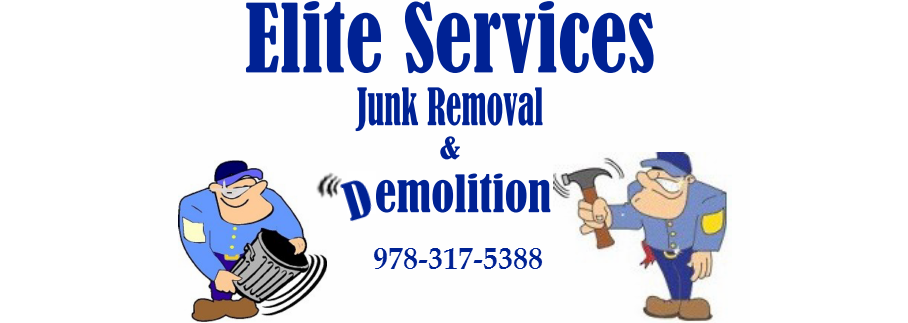Get The Facts About Compulsive Hoarding Behavior
Over the course of a lifetime, it is natural to collect a variety of trinkets, keepsakes, and odds and ends that start to fill up your home. Many items we keep contain memories, sentimental value, or and can even become collector’s items with historical value. However, collecting too many things to the point of absolute clutter in a space may be a sign of compulsive hoarding behavior. Here are the facts that you should be aware if you suspect that you or someone in your life suffers from compulsive hoarding behavior.
Compulsive hoarding must include each of the three following conditions:
- An individual retains many items, including items that appear to be useless or of little value to most people
- The items kept create significant clutter in living spaces to the point where the individual cannot use their living spaces in a reasonable way
- The items kept cause distress or issues in day-to-day activities
It is important to note that hoarding is different from collecting because in hoarding, individuals typically do not display their items proudly in an organized fashion, but instead collects the items in a disorderly way that creates significant clutter in living spaces.
Symptoms of compulsive hoarding behavior include:
- Signficant difficulty in disposing of items
- A pronounced amount of clutter in the office, home, car, or other spaces that impedes the ability to use furniture, appliances, or regular walkways
- Losing important items in the clutter
- Feeling overwhelmed by the volume of items that have “taken over” living spaces
- Difficulty resisting acceptance of “free” items, even if the items are clearly useless or excessive
- Buying unneeded items because they are a good deal or to stock up
- Avoiding friends and family due to embarrassment about living space
Here are recommended guidelines that can help someone with compulsive hoarding behavior:
- Have respect for the individual’s right to make their own decisions about their items at their own pace.
- Try to sympathize with the individual and understand the importance of his or her items to him or herself as you develop a plan together to reduce the clutter.
- Encourage the individual to come up with ideas to make their home into a safer and more ideal living environment.
- Team up with the individual to offer collaborative solutions to motivate the individual to discard or organize.
- Help the individual recognize that hoarding interferes with their goals or values in life.
- Maintain trust by always asking before eliminating an item.
For helping recovering hoarders who are ready to de-clutter to improve their living situation, contact Elite Services Junk Removal for a free estimate today.

Leave a Reply
Want to join the discussion?Feel free to contribute!